Because people are not able to see for themselves the beauty of nature during this COVID-19 outbreak, we have put together this article with photos that capture the gracefulness of fluttering butterflies in the summer, so that people don't miss the beauty of butterfly season.
There are around 400 species of butterflies in Taiwan. Butterflies can be seen in different times and places depending on temperature and seasonal changes. Between the months of May and June, a kaleidoscope of Danaidae butterflies can be seen at Yangmingshan in northern Taiwan. But different species of butterflies can be seen in Kenting in southern Taiwan all year round. When the nectariferous plants that butterflies seek out start to bloom, the forest welcomes all types of butterflies coming out of eggs and pupae one after the other, forming the most specular sight.
Commonly found butterflies in Yangmingshan National Park include those in the Nymphalidae, Pieridae, Lycaenidae, Hesperiidae, and Papilionidae families. Among these, the larger blue tiger butterfly in the Danaidae family is the most prevalent.
Blue tiger butterflies (Tirumala limniace) prefer an open environment, so the nectariferous plants that bloom on both sides of the Datunshan Roadway, such as the Formosa agrimony and the Formosanum elderberry, which flower in June, are their favorite places to visit. In the area around Datunshan’s main peak, many butterflies in the Nymphalidae and Hesperiidae families can also be seen. The traffic control measures implemented on the Datunshan Roadway since August 2020 have been beneficial to the conservation of plants and animals in the area.
Due to its dense forest, nearby Erziping is home to different kinds of butterflies, such as the orange oakleaf, chocolate pansy, and Formosan common forester. Among them, the most easily observed is the Indian fritillary. These butterflies mostly feed on tree sap or animal excrement. Although their appearance is darker in color, they are very impressive to look at when they open their wings.
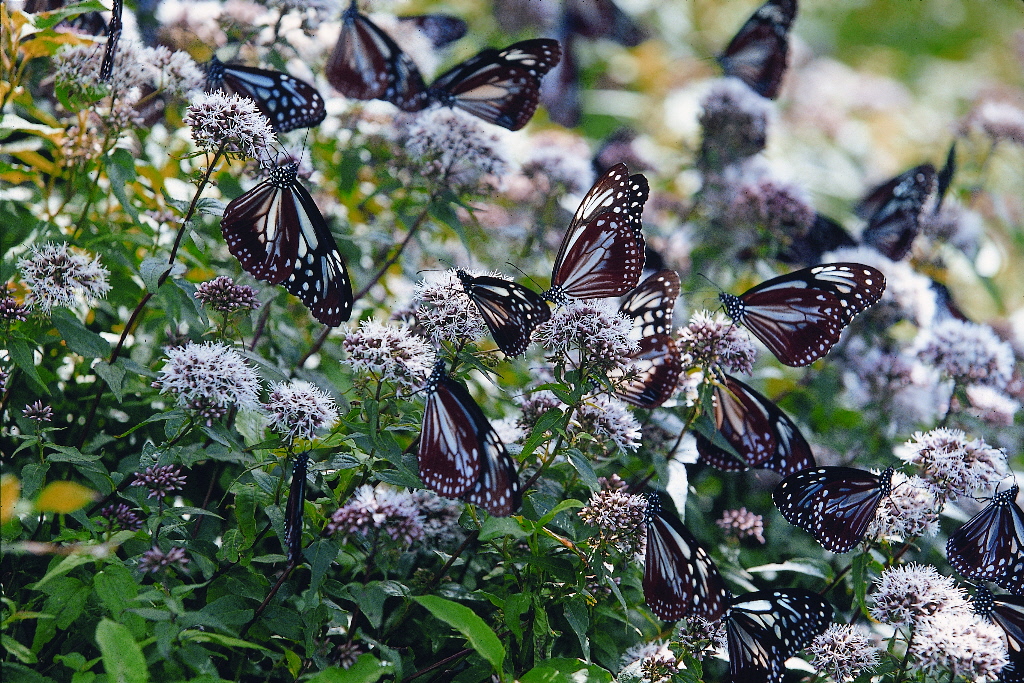
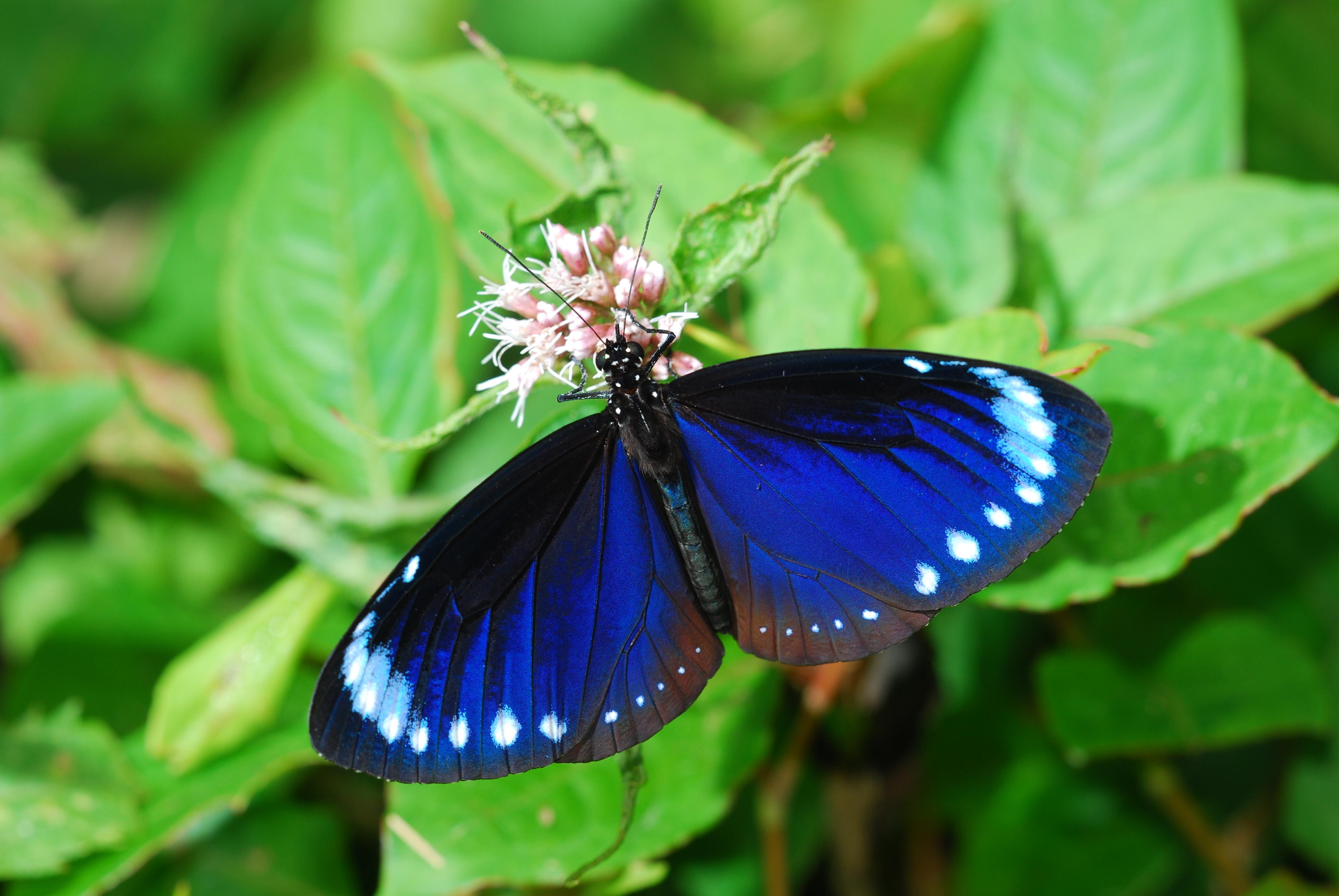
At the Sheding Nature Park in Kenting, most butterflies and nectariferous plants can be found around the trails in the southern part of the park. Visitors can enjoy the view of Papilionidae butterflies fluttering about in spring and summer, while Danaidae, Pieridae, Lycaenidae take center stage in autumn and winter. In particular, Idea leuconoe clara are the easiest to spot as they fly about slowly because they are poisonous and have no fear of predators.
The Kenting National Park Headquarters (KNPHQ) has been working closely with the local communities in recent years, training community guides to conduct weekly investigations of butterfly species. The information collected during these surveys can not only serve as materials for guided tour activities, but also strengthen the local people’s respect and love for their homeland.
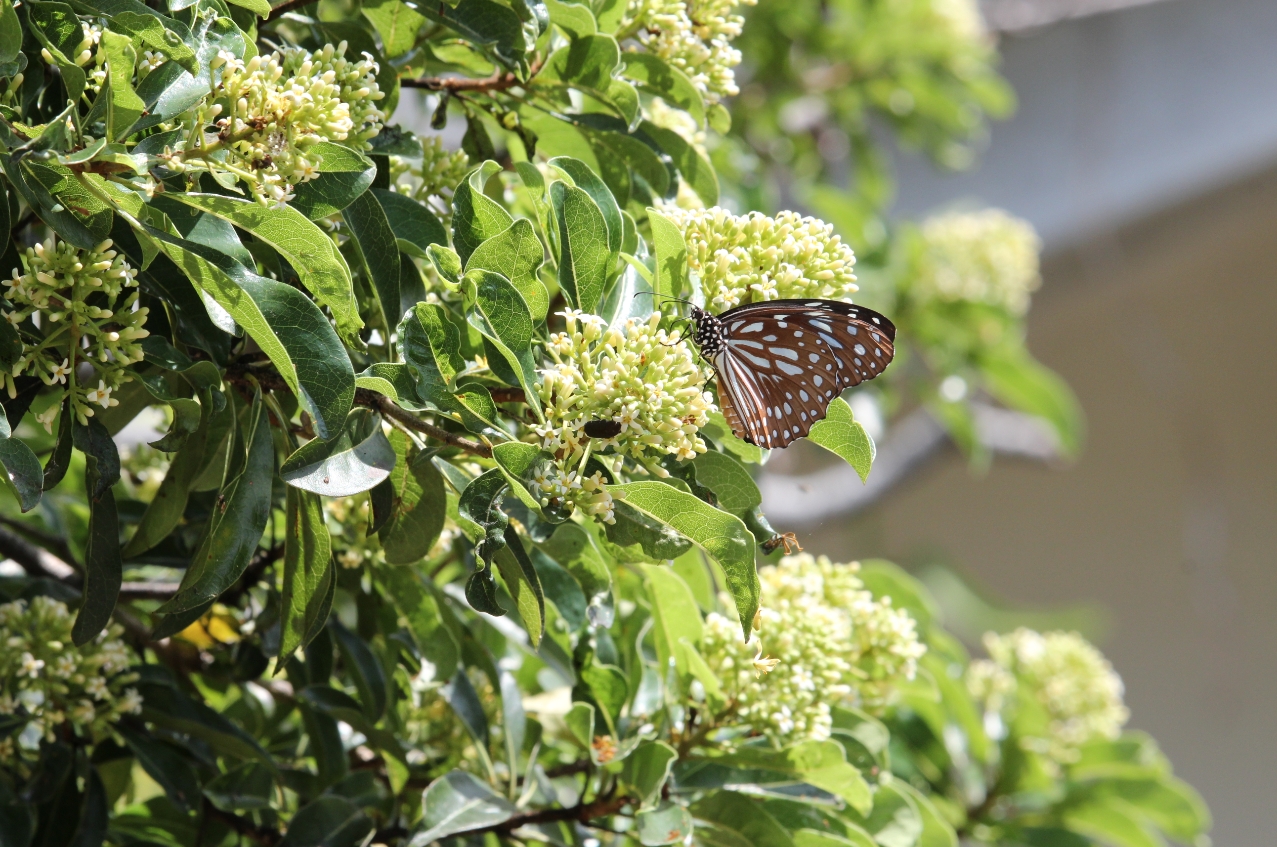
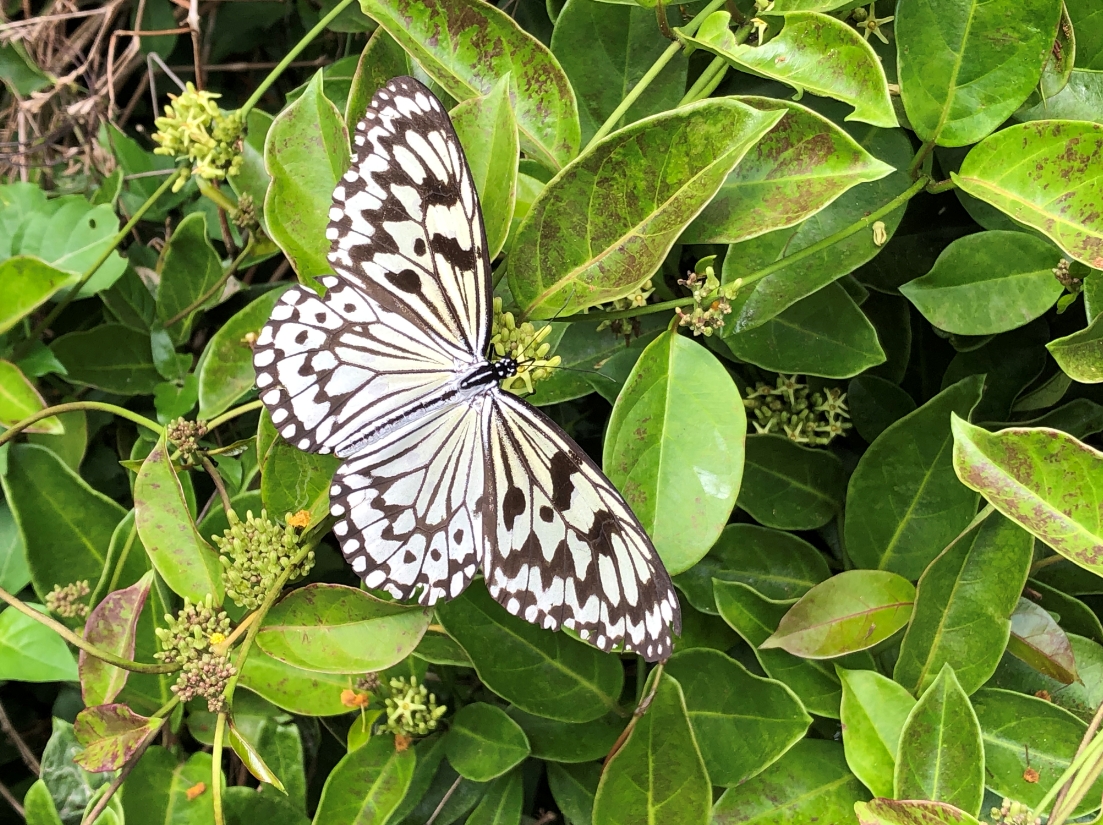
Over the years, community members have taken the initiative to organize their own patrol teams to prevent people from collecting butterflies. They also report these incidents to the KNPHQ so that any situation could be dealt with as quickly as possible. The communities have also repeatedly expressed their desire to plant more nectar bearing food plants that butterflies love so that butterflies can live in a more extensive and comfortable habitat.
Through hypothetical and practical observations, the course allows the participating residents to learn more about butterflies.
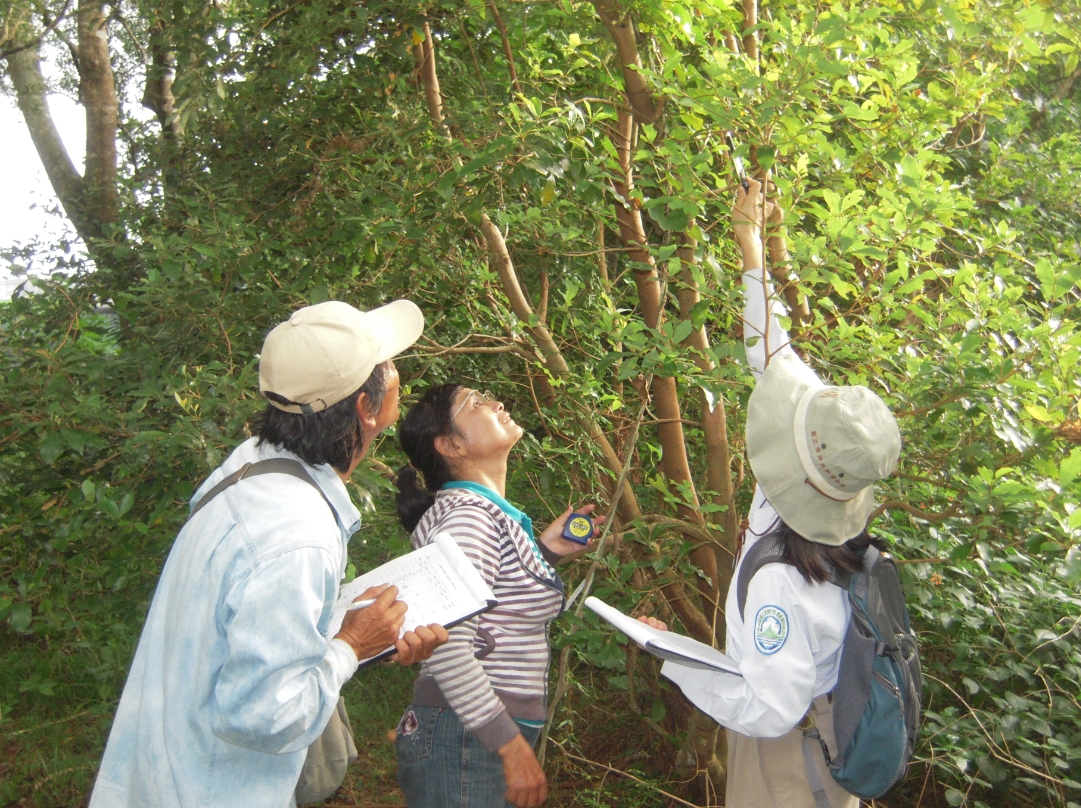
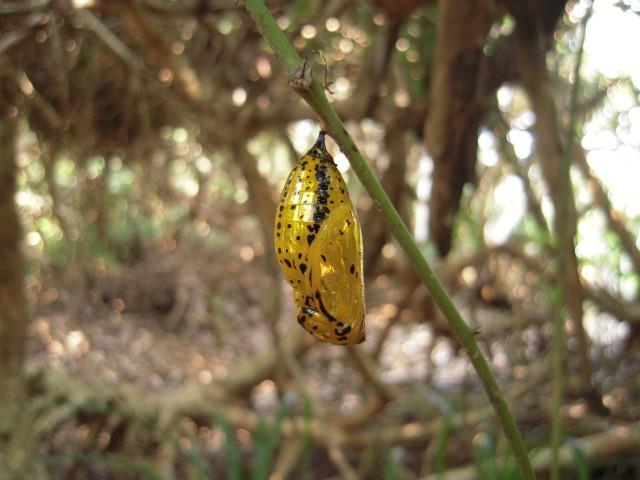
The various National Park Headquarters are committed to maintaining butterfly habitats and the natural ecosystem, providing a safe and stable environment for the public to enjoy butterflies. We believe that fostering an attitude of respect for the mutual prosperity of humans and nature is the key for the balanced and sustainable survival of all living beings.


![Text size [Small]](/media/system/images/font_small.jpg)
![Text size [Medium]](/media/system/images/font_normal.jpg)
![Text size [Large]](/media/system/images/font_big.jpg)





